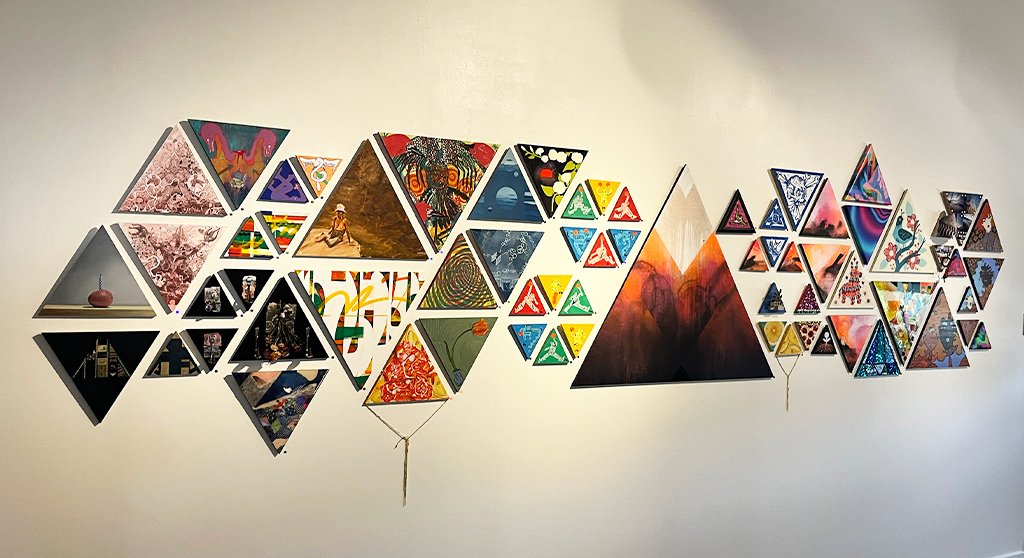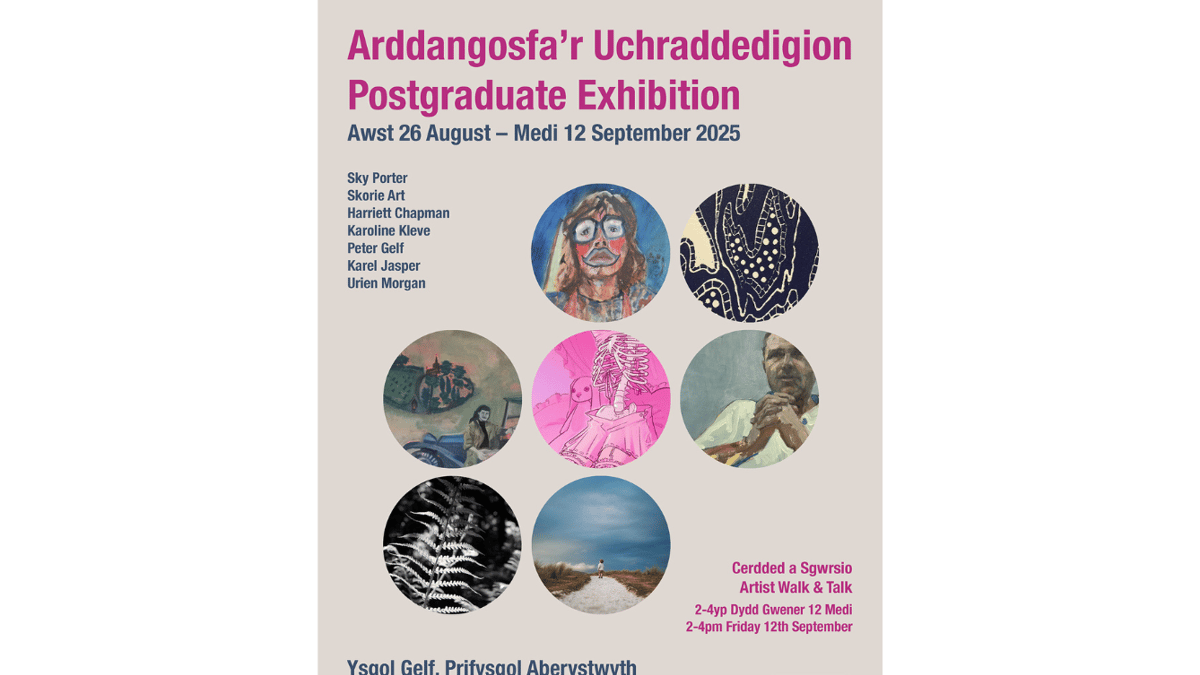Last week, the U.N. urged the U.K. not to extradite WikiLeaks founder Julian Assange to the U.S. for fear that he could be detained in solitary confinement, submitted to ill-treatment akin to torture, and potentially sentenced to 175 years in prison. Yet, how many people are paying close attention to the outcome of Assange’s appeal against extradition, which will be heard at London’s High Court next week?
The renegade Russian artist Andrei Molodkin has come up with a new way to raise awareness of the matter. He has placed 16 artworks, including pieces by Picasso, Rembrandt, and Warhol, inside a 32-ton safe room. These masterpieces, worth an estimated total of $45 million, are being held hostage, and if Assange dies in custody—the likely outcome of a conviction in the U.S. —they will all be destroyed in a so-called “dead man’s switch.”
Molodkin has stored a highly corrosive acid powder and an accelerator inside the vault, which together could cause a chemical reaction that will pulverize the locked-up paintings. The switch to mix the two is connected to a 24-hour timer that must be regularly reset by someone close enough to Assange to know whether he is still alive. If the timer gets to zero, the art will be gone forever. If Assange gets out alive, each work will be returned to its donor.
“In our time, to destroy art is much more taboo than destroying the life of people,” said Molodkin.
Andrei Molodkin, Dead Man’s Switch. Photo: © The Foundry Studio.
Among the works that have been donated to the vault either by the artist, a gallerist, or a collector are pieces by Jasper Johns, Robert Rauschenberg, Sarah Lucas, and Jake Chapman. The titles of the works have not been released.
Molodkin sees Dead Man’s Switch as a conceptual work, not a piece of political activism. In the tradition of “political minimalism,” he hopes to make a portrait of our time that is composed of a person’s life, fragments of art history, and a destructive element, according to the artist.
For Molodkin, who was born in 1966, the importance of freedom of expression feels particularly urgent because of the time he spent living under the Soviet Union as a young man. He now fears that the persecution of Assange is a canary in a gold mine.
“The more he is punished, it means in the future there will not be any more freedom,” he said. “Art and freedom is the same thing. You can’t produce any culture without freedom or you are just a propaganda service.”
Assange launched WikiLeaks in 2006 and used the site to publish sensitive documents, including items leaked by U.S. soldier and whistleblower Chelsea Manning in 2010. He has been held at Belmarsh Prison in London for the past five years but is wanted by the U.S. for violating the Espionage Act. The U.K. approved his extradition in June 2022 but he is now making a final plea to be allowed to remain.
Dead Man’s Switch has been created with the approval of Assange’s wife, Stella Assange. It is located in La Raillère, a former spa resort. An hour’s drive away is The Foundry, an ex-munition factory in the small spa town of Cauterets in the French Pyrenees that was acquired by Molodkin. Since 2014, he has been converting it into a dedicated space for radical and controversial art. For example, it is where the American photographer Andres Serrano shot his “Torture” series in 2015.
“In our time of conflict and catastrophe, no big museum or commercial gallery accepts extreme or very political projects,” Molodkin said. “I believe this type of platform has to exist.”
Follow Artnet News on Facebook:
Want to stay ahead of the art world? Subscribe to our newsletter to get the breaking news, eye-opening interviews, and incisive critical takes that drive the conversation forward.






